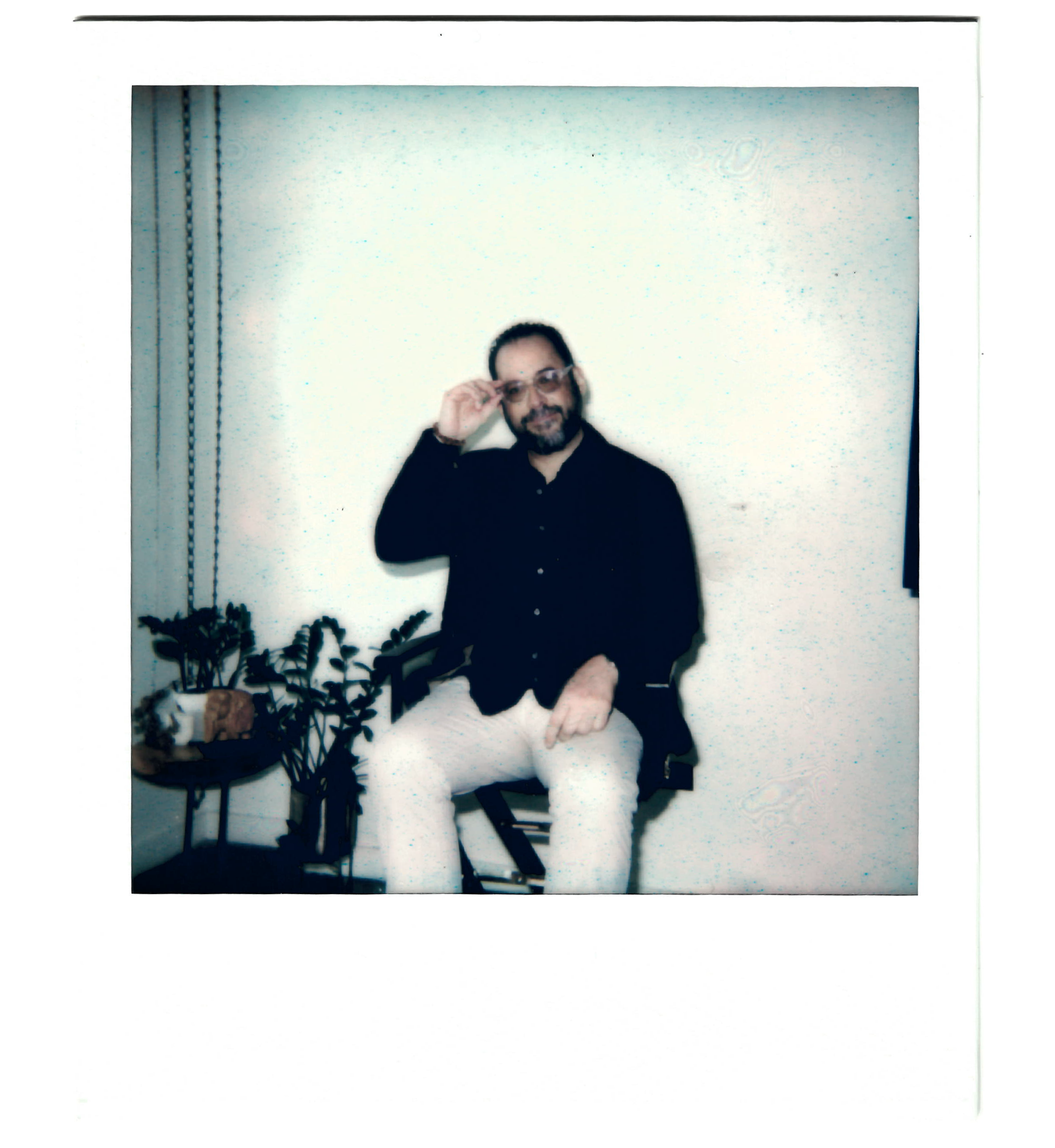ACTION VS. INTIMACY IN PRIME VIDEO’S MR. AND MRS. SMITH
By: Ellie Powers
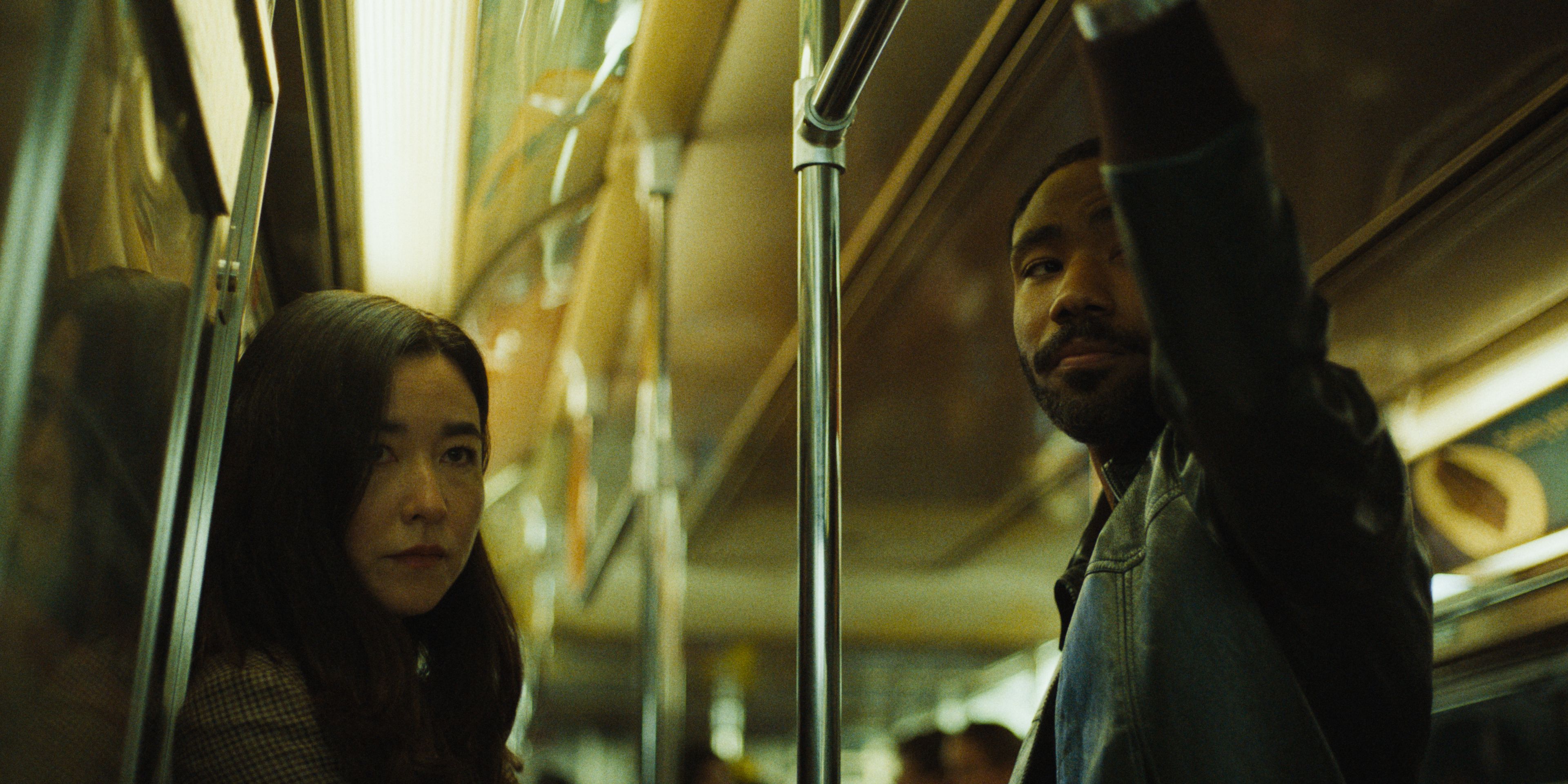
Prime Video’s reimagining of the 2005 film Mr. & Mrs. Smith, the series from Donald Glover and Francesca Sloane, takes a new approach to dissecting the marriage of two spies, John Smith (Glover) and Jane Smith (Maya Erskine). While the original film leans heavily into the action genre, this new take prioritizes the nuances of marriage and intimacy over its eight episodes.
Sloane in an interview with the New York Times said, “Even though it was this spy thriller, we thought there was an opportunity to lean into the parts that were about what marriage means. The awkward in-between moments, the idea of loneliness and true vulnerability.”
Through color and sound finishing, Harbor artists paid careful attention to create a world of action with enough space for the inter-personal highs and lows of Jane and John’s relationship. The show sees the couple travel around the world for missions, however, nailing a New York look and soundscape became paramount to illustrating the lives of the two spies.
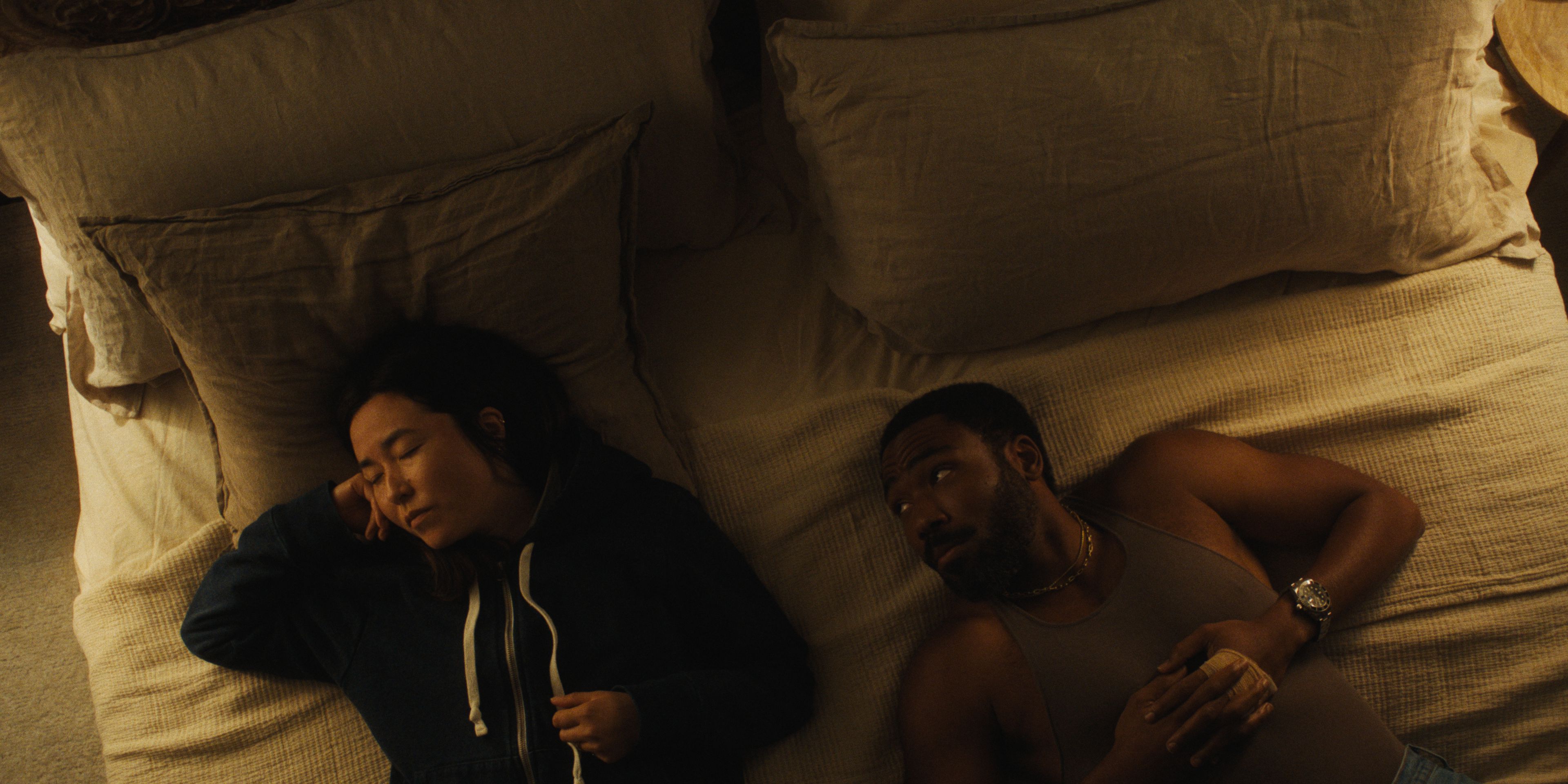
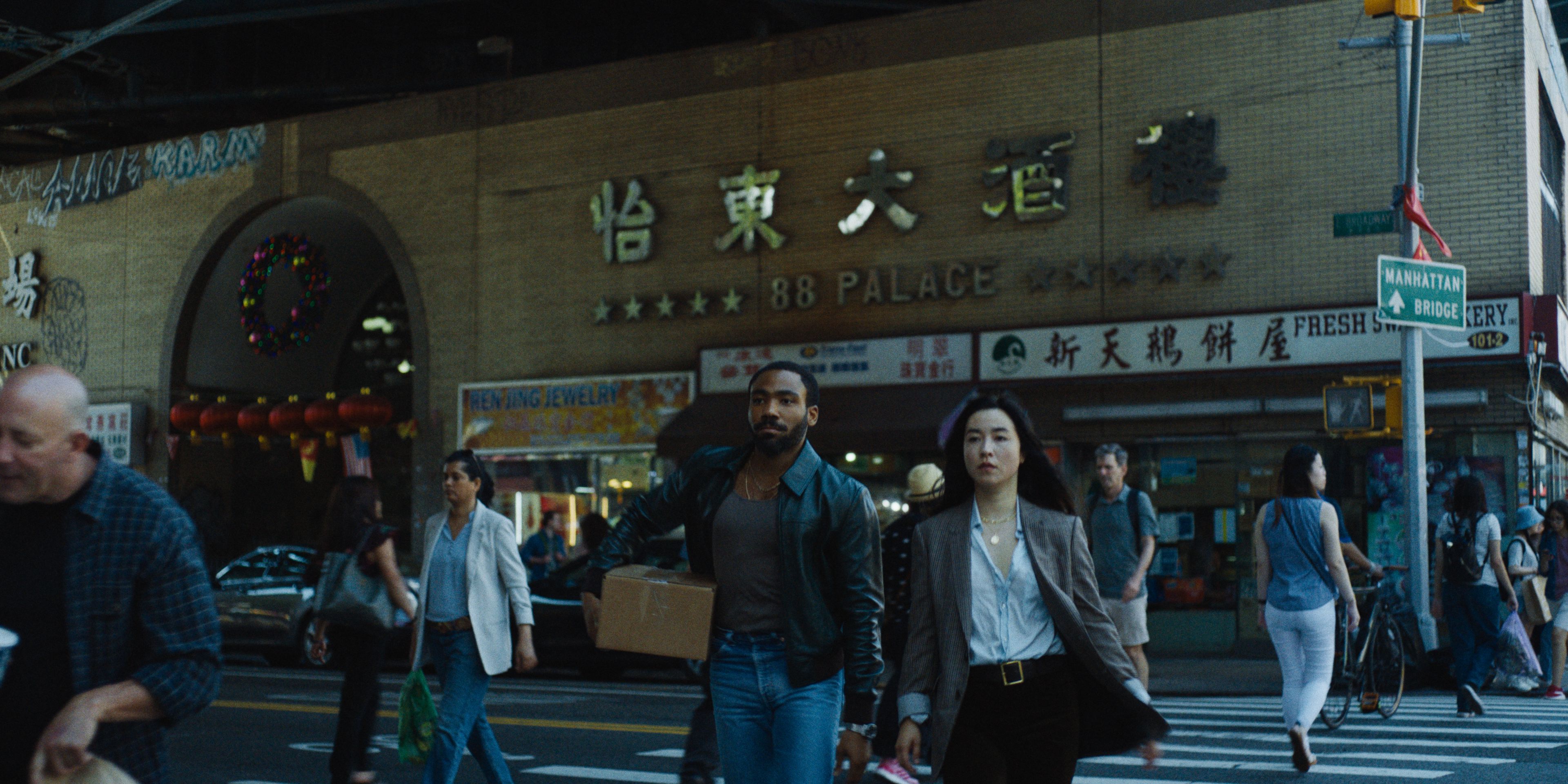
Senior Colorist Damien Vandercruyssen worked alongside Director Hiro Murai and Director/Cinematographer Christian Sprenger to establish the look of the first four episodes. The goal was to recreate a seventies/eighties New York aesthetic à la The French Connection, Marathon Man, and The Taking of Pelham 123. That stylized quintessential city look then informed the look for other locations in the show (the slopes of the Alps, Lake Como, and an unidentified jungle).
The series was shot on an Alexa Mini LF, and to achieve the desired grain and imperfections of their references, the camera team compared test footage shot on film and digital to hone the show’s look. Once they had established a LUT, Vandercruyssen explained, “the process was simple. We treated what was captured like film stock, and then we adjusted when needed, but we didn’t drift too far from where we started. For some scenes, I had to modify the LUT on some specific colors, but most of the show uses the same LUT from set.”
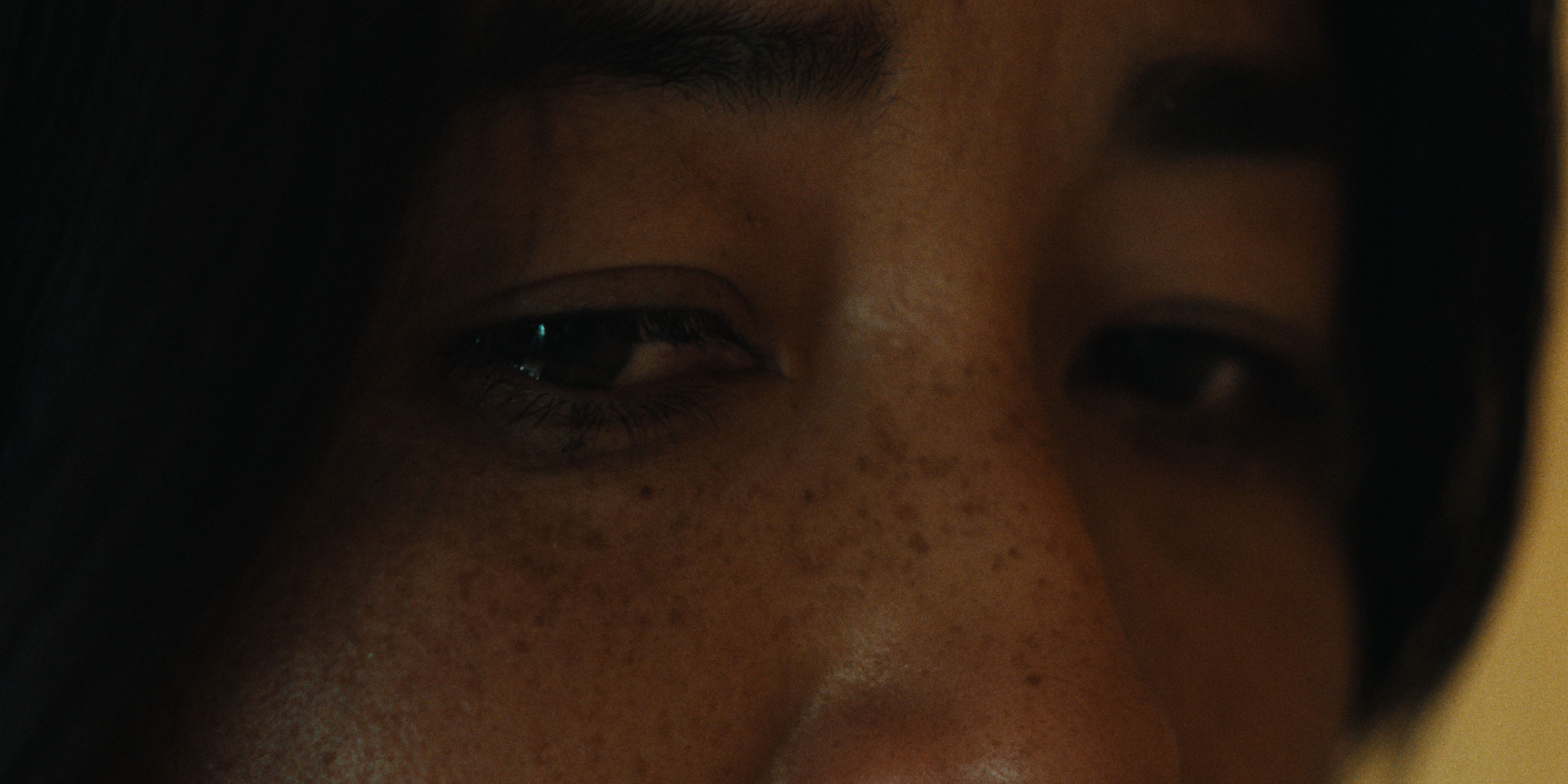
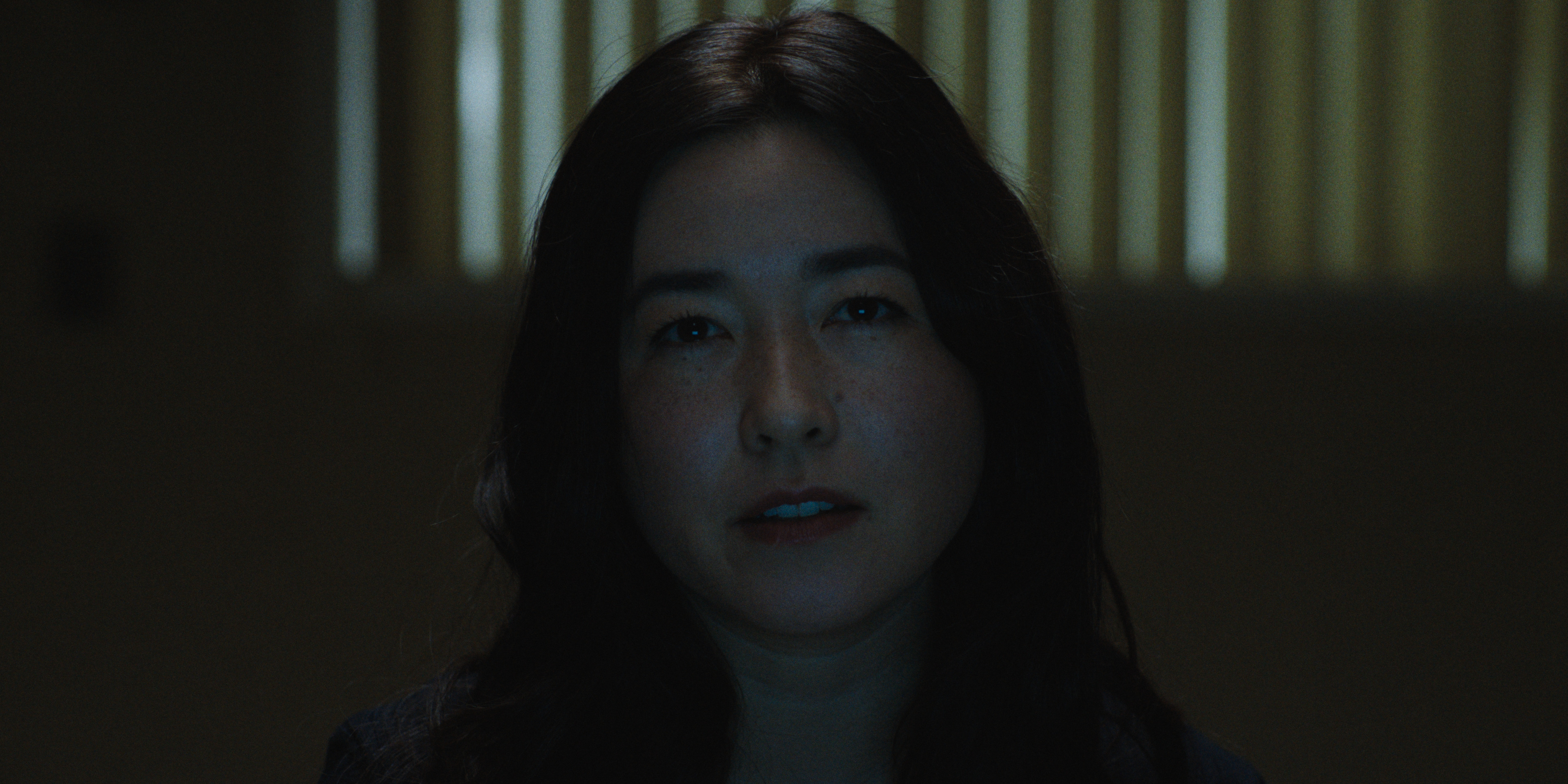
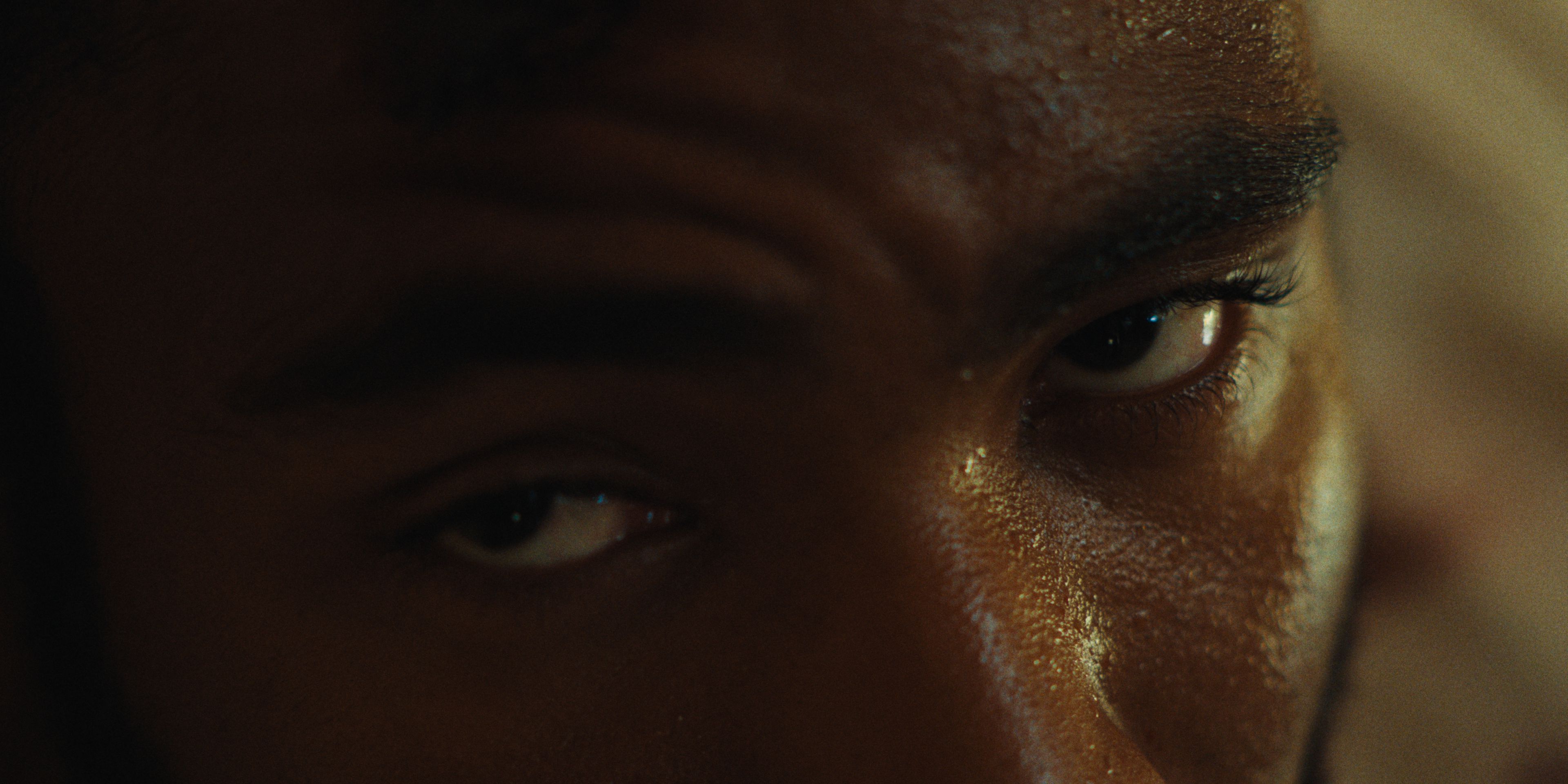
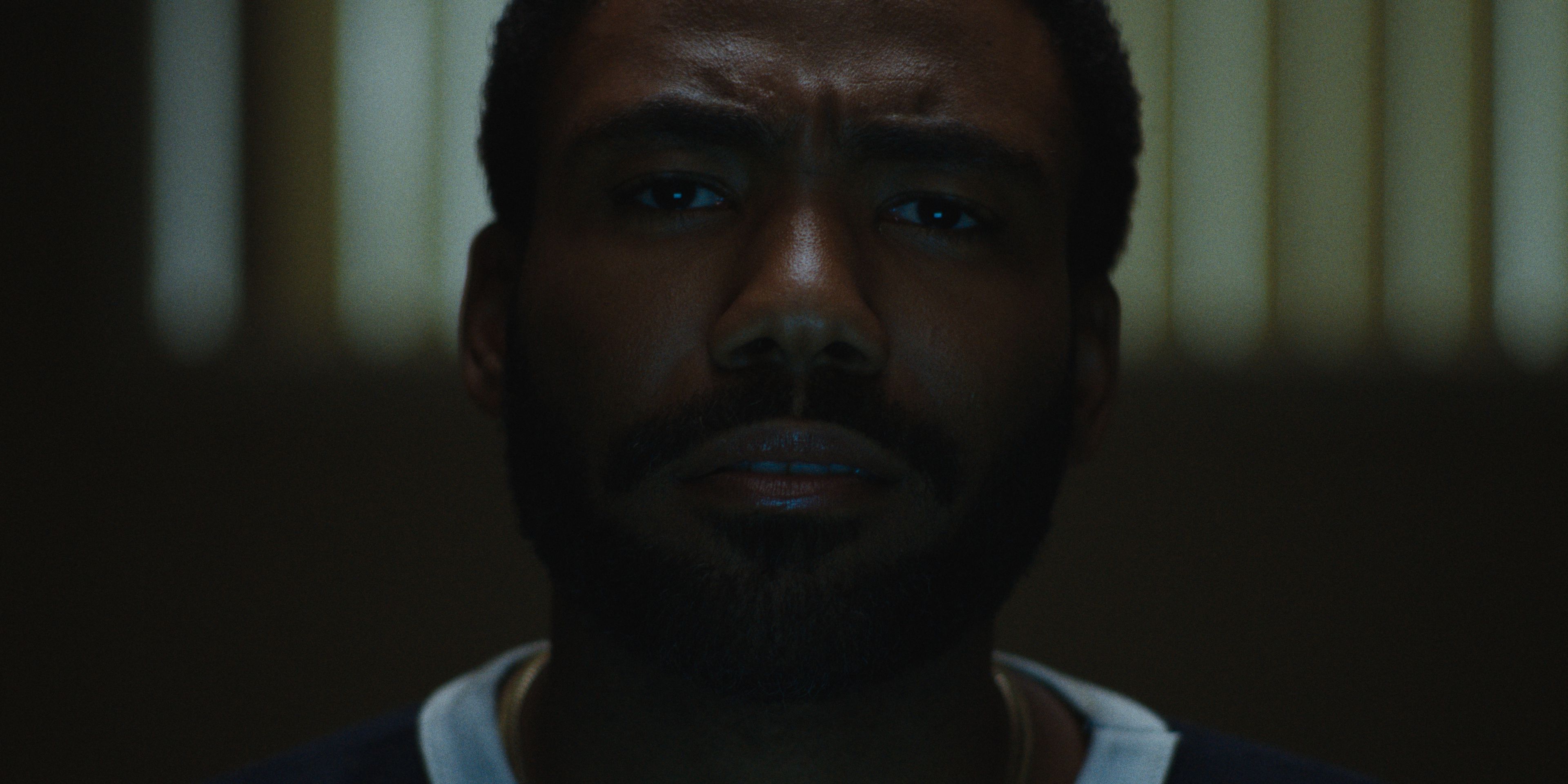
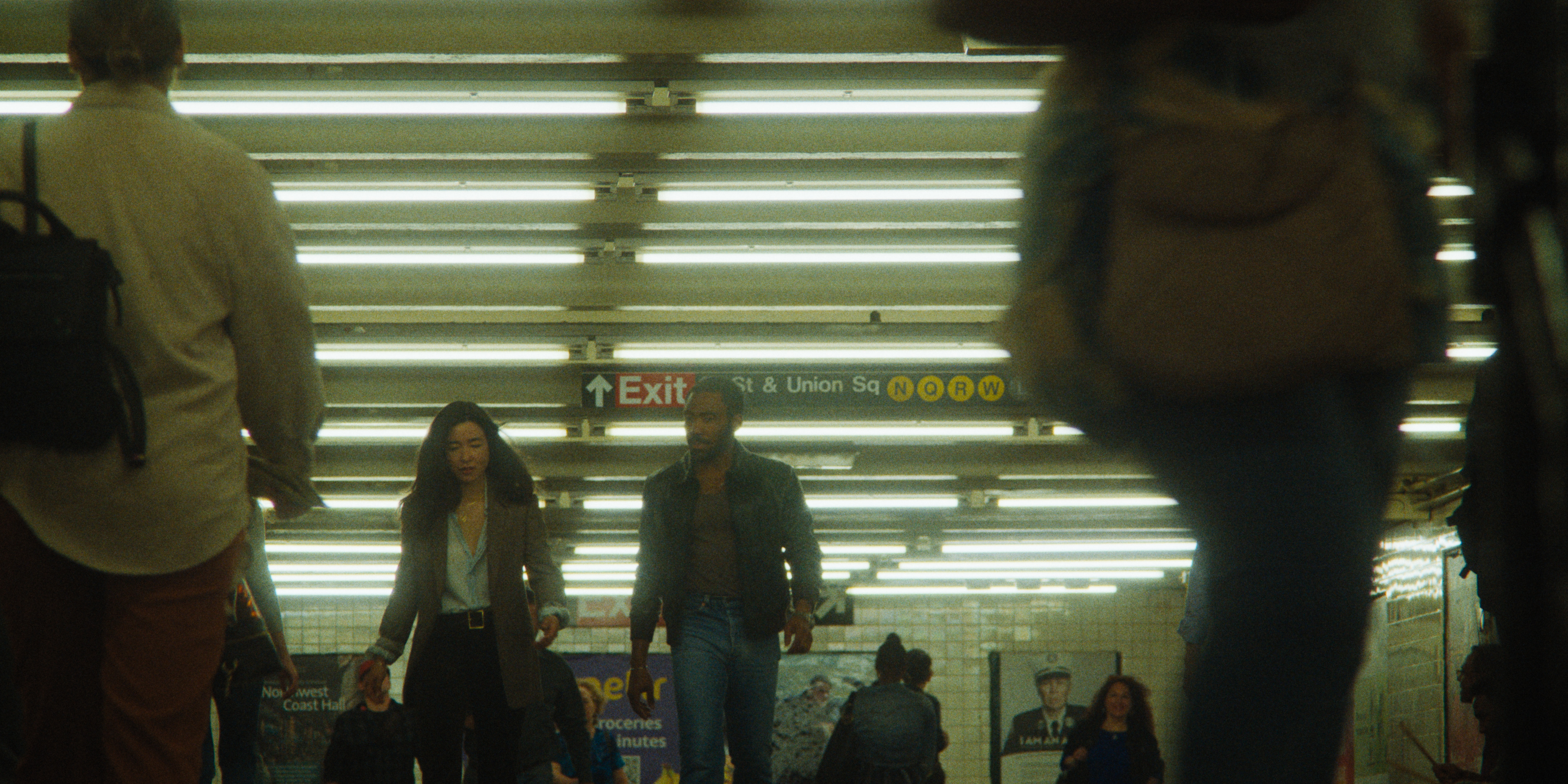
Vandercruyssen noted that it seemed everyone was content with what they were seeing on the dailies, and the team primarily used the DI process to push “what we couldn't do during dailies – adding back in the grain, the halation, a little bit of the gate weave of the film. The other change in the look compared to dailies was switching to HDR. For that, we established a dynamic, not too far from filmic look that was not a super bright HDR look and kept the grain more in the midtone range and less in the highlights.”
To even out the filmic look across scenes, Vandercruyssen recalls that “sometimes we had to ride the grain a little less in scenes with lots of action and push it further in the night scenes to mimic the film one would use, with a higher ISO film stock that shows more grain.”
Supervising Sound Editor Glenfield Payne and Re-Recording Mixer Ryan Billia worked with Picture Editor Greg O’Bryant and Producer Kaitlin Waldron to show two different cities – the hustle and bustle of every day including a Chinatown mall, the subway, city parks (which were all shot on location) and the silence of luxury, mainly the Smith’s townhouse. tJohn and Jane live on a quiet street without many of the sounds New Yorkers are accustomed to – sirens wailing, dogs barking, horns honking – only the subtle sounds of advanced technology. In Payne’s words, “I wanted it to sound sexy.”
For example, in the pilot, when Jane and John first enter the home, we see them separately take the elevator up to the second floor. Payne recorded the sound for the elevator himself while on vacation in a resort where he found an elevator without a fan. As Glen explained, “at three o'clock in the morning, I'm riding up and down, recording this elevator, and I'm confident: that's the elevator we're using.”
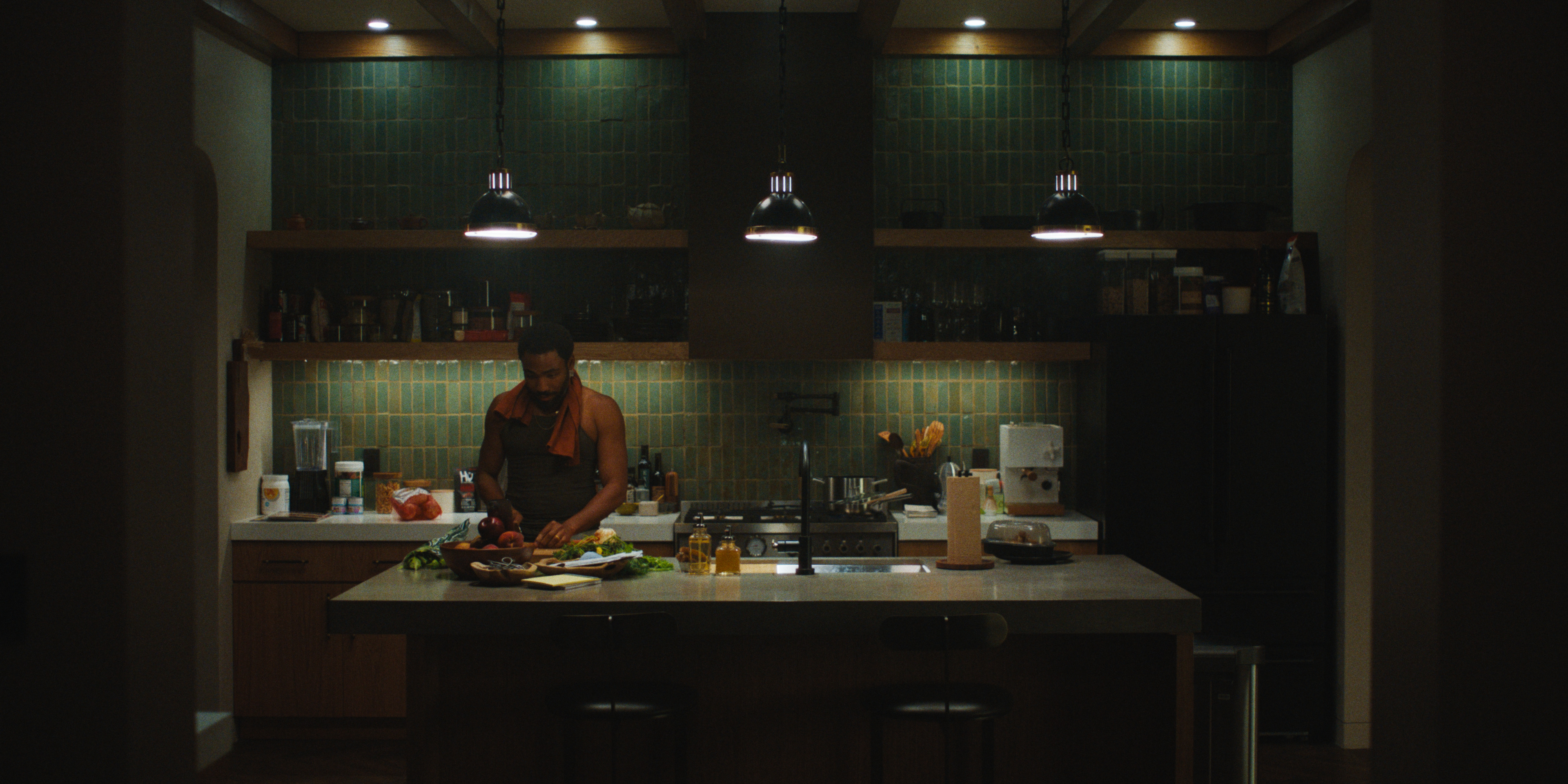




For the action scenes, Billia faced the challenge of deciding how prominent the various elements should be, saying “because there are fast cuts, a lot of action, a big score, sound effects and yelling loop group – all the parts that you expect – we would have conversations like, what should be at the forefront here. Is this music heavy? Is it effects heavy?”
In quieter moments between John and Jane, Billia found ways for “the ambience to add to the tension, while allowing all the dialogue to stay crisp and easily understood. I was thinking about those juxtapositions between when it could be funny and when it needed to be serious.” Payne added that the team “built this world to support the performances.”
With color and sound, Vandercruyssen, Payne, and Billia supported the filmmakers’ ambitious combination of guns, bombs, and hand-to-hand combat and stolen moments of peace between spouses against a bustling and a secluded New York.
Congratulations to Anthony Katagas and the Mr. & Mrs. Smith team for winning Breakthrough Drama Series at The Gotham TV Awards. Harbor is proud to have supported this project with Dailies, Offline Editorial, Color, VFX, Sound, and ADR.


